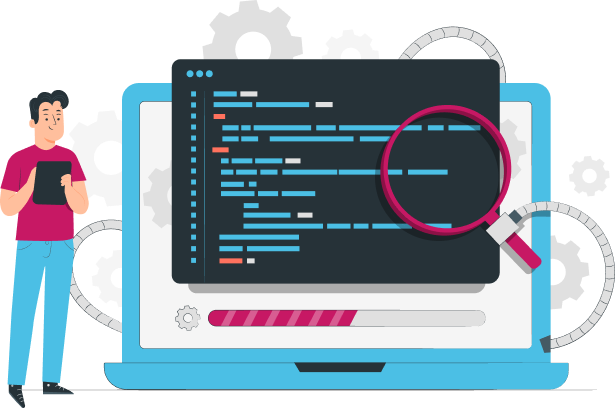Strengthen Your Cybersecurity with Vulnerability Assessment and Penetration Testing (VAPT) Audits
Vulnerability Assessment and Penetration Testing (VAPT) audit helps identify the overall vulnerabilities present in the software, which hackers can exploit. VAPT security audit is carried out through a systematic process involving various tools, techniques, and methodologies. Our security consultants are among the highest qualified in the industry, so you can be confident that we will provide the outcomes and complete post-test care needed to level up your organisation’s cybersecurity.
Tried and tested methodologies and tools by VAPT ensure proper detection of possible threats and vulnerabilities. The process is meticulous and simple. Every possible way to find a security loophole is tried out. This is precisely the reason why our security consultants are the best in this field.
And rest assured that we will not stop there: as an experienced Erie-based source you can rely on, we pledge to support you every step of the way to improve security defences within your business. From offering good advice and training for employees to answering questions and setting up any equipment you may require, our team is at your service.
So, you choose to get a VAPT audit because, by securing your softwares, you are actually securing your organisation itself against possible future threats. We help you strengthen your security infrastructure so that you can sleep (and worry) less when a programmer wants to insert an invisible virus into your software systems and sell to a third party.
What Is VAPT?
Vulnerability Assessment and Penetration Testing is a security testing method used by organizations to test their applications and IT networks. A VAPT security audit is designed to test the overall security of a system by performing an in-depth security analysis of its various elements.

Why VAPT is required?

Providing a detailed perspective of potential risks to an organization’s application.

Assist the organization in spotting code errors that lead to cyber-attacks.

Applications are protected from both internal and external attacks.

Risk management is available.

It safeguards the company’s reputation and finances.

Protects the organization’s data from malicious attacks.

